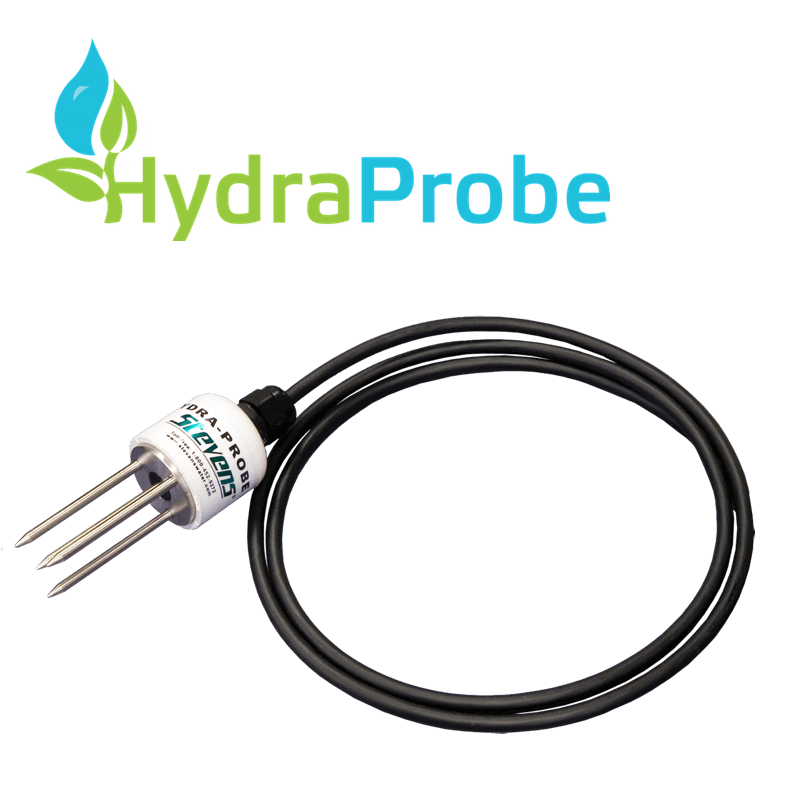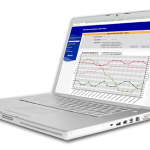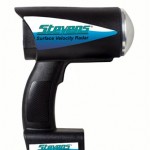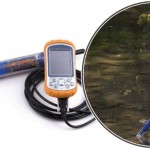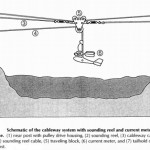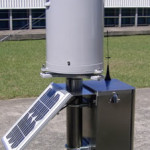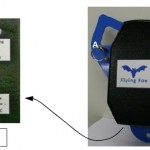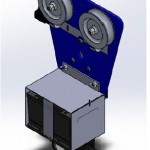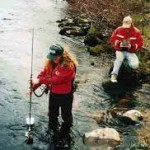Description
HydraProbe is a rugged soil sensor with patented technology that provides continual, consistent accuracy measuring the three most significant soil parameters simultaneously—moisture, salinity and temperature.
As the most scientifically researched soil sensor available, it has been depended on by the USDA, NOAA, farmers, leading irrigation companies, and many universities for over 20 years. It’s been engineered to be exceptionally rugged and will provide data you can trust year after year.
The Hydra Probe is the only commercially available sensor to use the Coaxial Impedance Dielectric Reflectometry method along with complex computations in soil measurement, resulting in the Hydra Probe’s high measurement accuracy. The soil measurement computations are performed by a microcontroller inside the Hydra Probe, making it easy to use as the probe can output results in standard engineering units.
The Science Behind Hydra Probe
The Hydra Probe’s “dielectric impedance” measurement principle differs from TDR, capacitance, and frequency soil sensors by taking into account the energy storage and energy loss across the soil area using a 50 MHz radio frequency wave.
Unlike other soil sensors, this unique, patented method separates the energy storage (real dielectric permittivity) from the energy losses (imaginary dielectric permittivity). The Hydra Probe’s detailed mathematical and signal characterization of the dielectric spectrum helps factor out errors in the soil moisture measurement such as temperature effects, errors due to salinity, and soil type.
This method has passed the most rigorous scientific peer review from dozens of journals such as the Vadose Zone Journal, American Geophysical Union, and The Journal of Soil Science Society of America.
- RELIABLE: Continual, long-term data without calibration.
- RUGGED: Durable stainless steel tines, fully potted components, compact sealed design and a 5-year warranty.
- SIMPLE: Set it and forget it.
- ACCURATE: Consistent research-grade accuracy every season, every location.
How it Works:
Hydra probe work for any kind of Soil, no matter the type, it must make contact with the soil. The most accurate soil probe will be fully surrounded by the soil, with no gaps or air holes between the probe and the soil. The probe sends electrical signals into the soil, measures the responses, and relays this information to a data collection device known as a data logger.
Hydra probe uses the Coaxial Impedance Dielectric Reflectometry method of soil moisture measurement employ an oscillator to generate an electromagnetic signal that is propagated through the unit (usually by metal tines or other wave guide) and into the soil. Part of this signal will be reflected back to the unit by the soil, and the sensor will measure the amplitude of this reflected signal and the incident signal in volts. The ratio of these raw voltages is used in a mathematical numerical solution to Maxwell’s equations to first calculate the impedance, then both real and imaginary dielectric permittivity which in turn is used to accurately estimate soil water content.
It is an impedance based technology that is generally more accurate and more stable than TDR even at 1000 MHz.
Features of Soil Sensor (Hydra Probe):
- Hydra Probe offers a unique advantage over other soil probes by providing different parameters simultaneously i.e. Moisture, Temperature & Electric Conductivity.
- Hydra Probe instantly calculates soil moisture, temperature and electrical conductivity as well as supplying the raw voltages and complex dielectric permittivity for research applications.
- Hydra Probe sensing technology has been deployed for over 10 years by the USDA and is used by NASA for ground truthing of satellite based soil imaging.
- The defined sensing volume allows accurate measurements in regions where there are strong soil moisture gradients, such as near the soil surface.
- Response time to changing soil conditions is immediate, and calibration is as simple as selecting a soil type (sand, loam, silt or clay).

